Have you ever noticed your cat acting distant or anxious after a big change at home? Maybe you moved to a new apartment, brought home a new pet, or even just rearranged the furniture. Cats, those mysterious and sensitive creatures, often feel deeply unsettled by changes in their environment. Their world is much smaller than ours, and any disruption can feel huge. If you’re a cat lover, you know how heartbreaking it can be to see your feline friend confused, scared, or stressed. But don’t worry—there’s so much you can do to help. Let’s explore how you can gently support your cat through any kind of transition with care, patience, and love.
Recognizing Signs of Stress in Your Cat

When cats are processing change, it’s not always obvious. Some cats hide for days, others become unusually clingy, and some might start acting out. Look for subtle clues: a cat that stops eating, uses the litter box outside of its normal routine, or grooms excessively is probably feeling stressed. You might notice your cat vocalizing more, or on the flip side, becoming eerily silent. Watch for changes in body language—flattened ears, twitching tails, or wide eyes can signal anxiety. Even the most confident cats can become withdrawn when their sense of security is shaken. Paying close attention to these signs is the first step in offering support.
Understanding Why Change Is Hard for Cats

Cats are creatures of habit, thriving on routine and predictability. Unlike dogs, who often get excited by novelty, cats find comfort in familiarity. Change threatens their safe territory, making them feel vulnerable. Historically, a stable environment meant safety from predators and easy access to resources. So, when you move their food bowl or bring in a new family member, your cat’s instincts may scream “danger!” Recognizing this helps you approach your cat’s anxiety with empathy and patience instead of frustration.
Preparing Ahead for Big Changes

If you know a big event is coming—like a move or the arrival of a new pet—planning ahead can save your cat a lot of stress. Gradually introduce new items, scents, or routines before the change happens. For example, set up moving boxes a week in advance or let your cat sniff a blanket that smells like the new pet. Try to keep feeding and playtime schedules consistent. The more you can preserve the familiar, the less overwhelming the transition will feel for your cat.
Creating Safe Spaces

Every cat needs a sanctuary, especially in times of upheaval. Designate a quiet room or cozy nook where your cat can retreat and feel secure. Fill it with their favorite bed, toys, and maybe a worn t-shirt with your scent. Make sure the space is off-limits to other pets or loud children during the transition. Some cats like to hide under beds or behind furniture, so allow them access to these spots without trying to coax them out. Knowing they have a safe zone gives cats the confidence to explore new changes at their own pace.
Maintaining Routines

Routines are the backbone of a cat’s sense of security. Try to keep feeding times, play sessions, and cuddle routines as steady as possible, even if everything else is changing. A predictable routine reassures your cat that some things remain unchanged. If you have to shift schedules, do so gradually—move mealtimes by just a few minutes each day instead of all at once. Even if you’re feeling frazzled yourself, taking a few minutes for your cat’s familiar rituals can help both of you feel calmer.
Introducing New Pets or People Slowly

New housemates, whether human or animal, can turn your cat’s world upside down. Introduce new arrivals gradually and on neutral ground if possible. Let your cat observe from a safe distance, using scent swapping (like exchanging bedding) to get them used to new smells. Avoid forcing face-to-face meetings. Give your cat plenty of escape routes, and praise calm behavior with treats or gentle affection. Patience is key—some cats take weeks or even months to adjust, but slow introductions set the stage for peaceful coexistence.
Using Familiar Scents to Comfort

Cats rely heavily on scent to identify what’s safe and familiar. When their world is changing, familiar scents can be incredibly soothing. Place their favorite blanket, toys, or even your worn clothing in areas they frequent. You can also gently rub a soft cloth on their cheeks and then on new items to “spread” their scent and claim ownership. Products like pheromone diffusers mimic calming feline signals and can help reduce anxiety. Filling your cat’s environment with comforting smells gives them an invisible safety net.
Encouraging Gentle Exploration
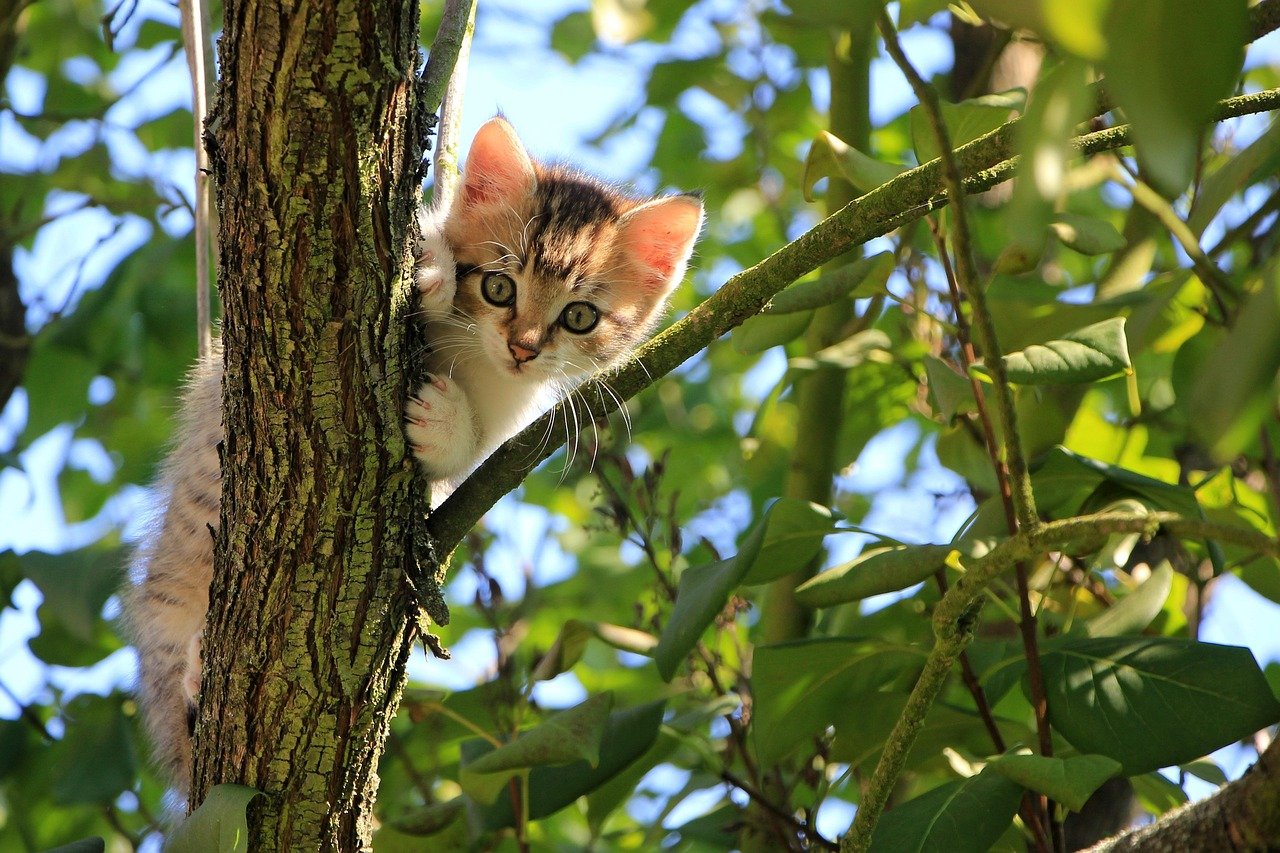
During times of change, your cat may be hesitant to explore new spaces or objects. Encourage them by making the environment inviting and safe. Scatter a few treats or favorite toys in the new area, or use interactive play to draw them out gently. Never force your cat to investigate; let curiosity lead the way. If your cat seems overwhelmed, respect their boundaries, and allow them to retreat. Like a child at a new playground, gentle encouragement and lots of patience will help build confidence.
Minimizing Loud Noises and Sudden Movements
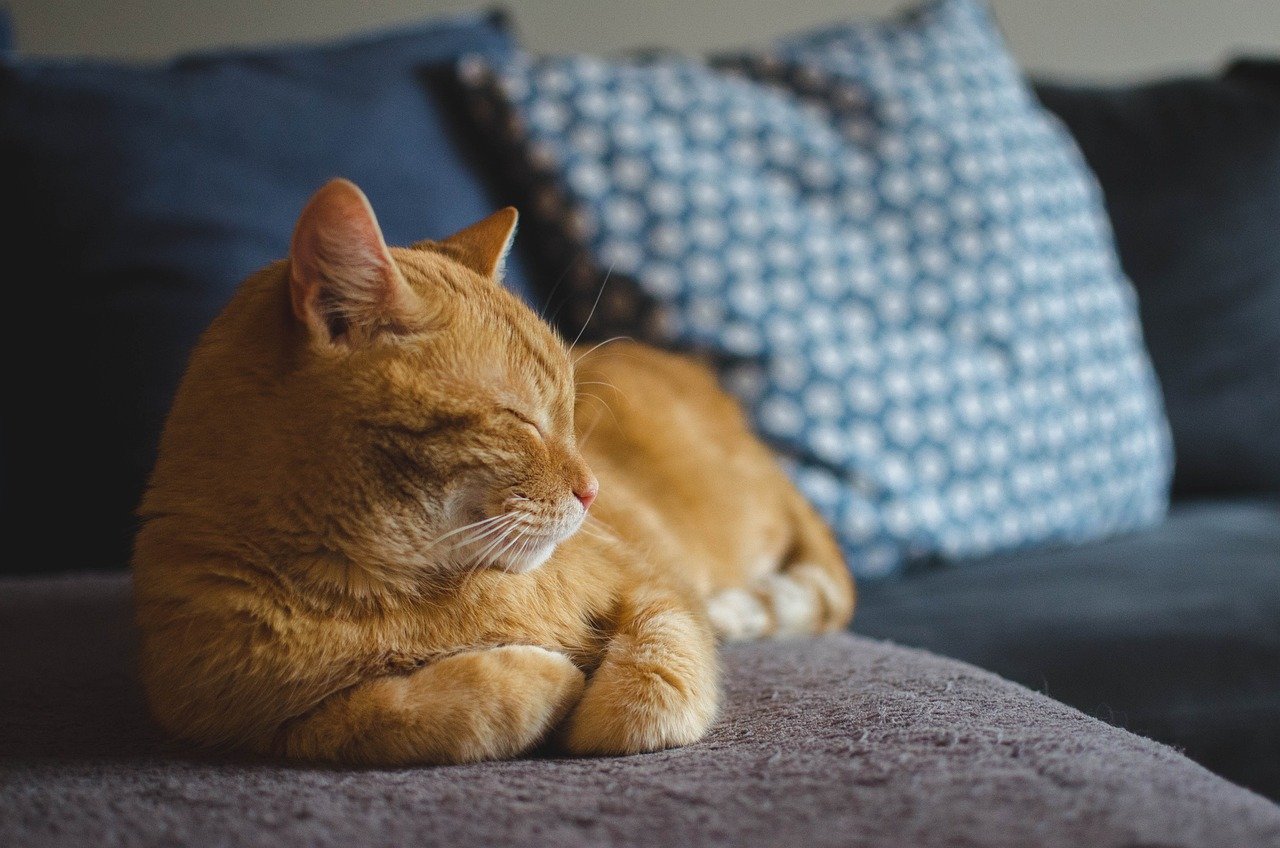
Cats have sensitive hearing and are easily startled by unexpected sounds or movements. During transitions, try to keep noise levels low—avoid vacuuming near their safe space, blasting music, or making sudden changes to their environment. If renovations or parties are unavoidable, create a buffer zone with closed doors or soft music to muffle the commotion. Moving slowly and speaking softly around your cat can also help keep their stress levels down. Think of it as creating a peaceful bubble for your cat to process change in their own time.
Offering Extra Comfort and Attention

When your cat is anxious, your presence can be deeply reassuring. Spend extra time with them, offering gentle petting, soothing words, or even just sitting quietly nearby. Some cats crave more affection during stressful times, while others prefer personal space—let your cat set the pace. If your cat comes to you, reward them with soft strokes or treats. Even if you’re busy, a few minutes of quality time each day can make a world of difference in your cat’s sense of security.
Watching for Health Concerns

Stress in cats doesn’t just affect their mood—it can impact their health. Keep a close eye on eating, drinking, and litter box habits. Sudden drops in appetite, vomiting, diarrhea, or urinating outside the box can all be signs your cat is struggling or even sick. Stress can trigger flare-ups of chronic conditions like feline urinary issues. If you notice anything unusual or persistent, reach out to your veterinarian right away. Early intervention can prevent small issues from becoming serious health problems.
Providing Mental Stimulation

Boredom can make stress worse for cats, especially if they’re hiding or avoiding new spaces. Offer a variety of toys, puzzle feeders, and interactive games to keep their minds engaged. Rotate toys to keep things fresh, or create simple DIY puzzles with cardboard boxes and treats. Window perches or bird feeders outside can provide hours of entertainment. Mental stimulation distracts your cat from anxiety and helps them associate the new environment with positive experiences.
Offering Tasty Treats and Positive Reinforcement

Treats can be a powerful tool to ease your cat through change. Use tasty snacks to reward calm behavior, exploration, or positive interactions with new people or pets. Avoid using treats to lure a fearful cat into a stressful situation; instead, let your cat approach at their own pace. Keep treat sessions short and joyful, and pair them with encouraging words or gentle petting. Over time, your cat will start to associate new experiences with rewards and comfort.
Slowly Reintroducing the Familiar
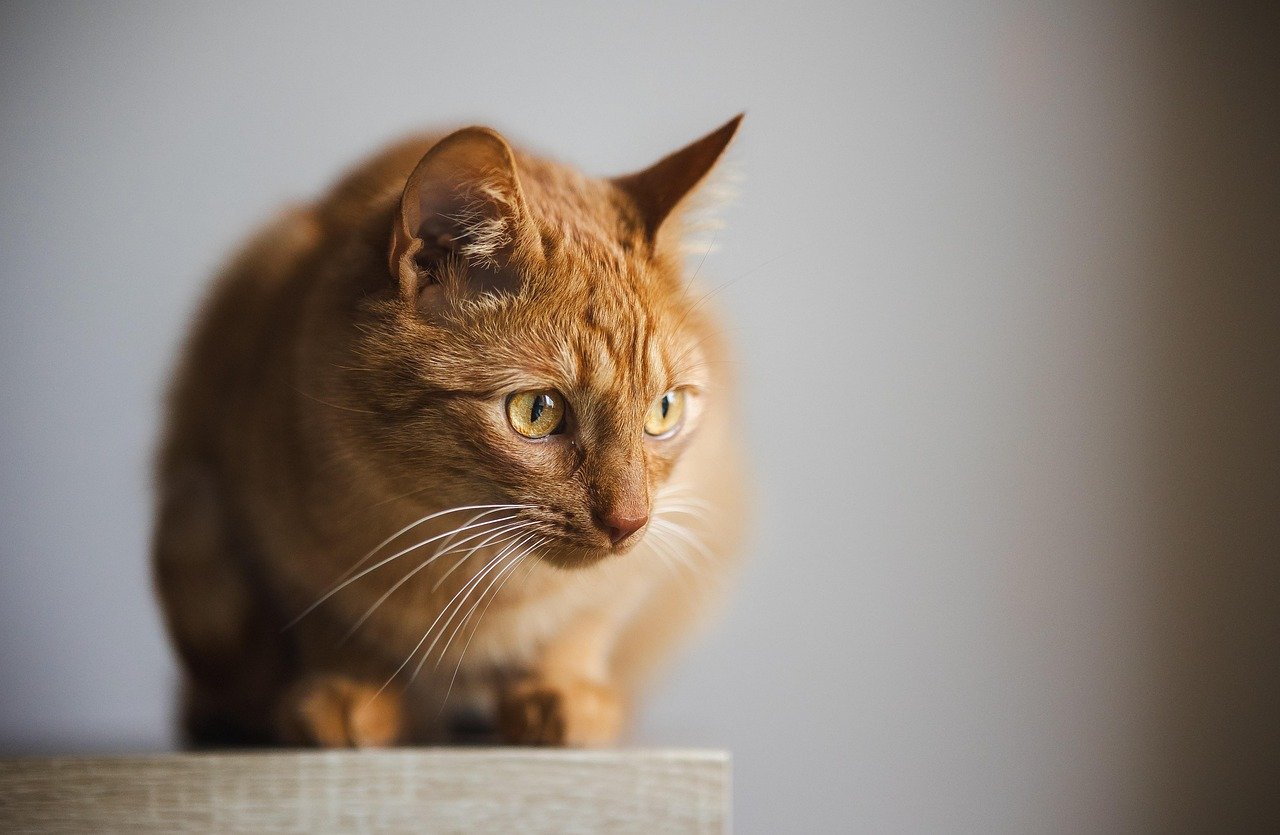
If a big move or renovation has upended your cat’s world, reintroduce familiar items gradually. Set up their favorite bed, scratching post, or toys in the new space first. Let your cat claim these objects before adding more changes. Familiar routines, like a nightly play session or morning cuddle, can help anchor your cat in the new environment. Step by step, your cat will begin to feel at home again, building confidence with each positive experience.
Keeping Other Pets Calm, Too

If you have more than one pet, remember that animals pick up on each other’s stress. Dogs and other cats can act out or become anxious, which in turn can make your stressed cat even more uneasy. Try to keep the peace by sticking to established routines for all your pets. Offer extra attention or quiet time to those who need it. If tensions flare, give each pet their own safe space until everyone adjusts. A calm, harmonious home environment benefits every member of your furry family.
Being Patient with Setbacks

Progress isn’t always linear when it comes to helping a cat adjust to change. Your cat may seem fine one day and anxious the next. Don’t be discouraged by setbacks like hiding, hissing, or accidents. Remember that every cat has their own timeline for processing change. Stay patient, offer consistent support, and celebrate small victories. Over time, your cat’s trust and comfort will grow, even if the path is a little bumpy.
Consulting an Expert When Needed
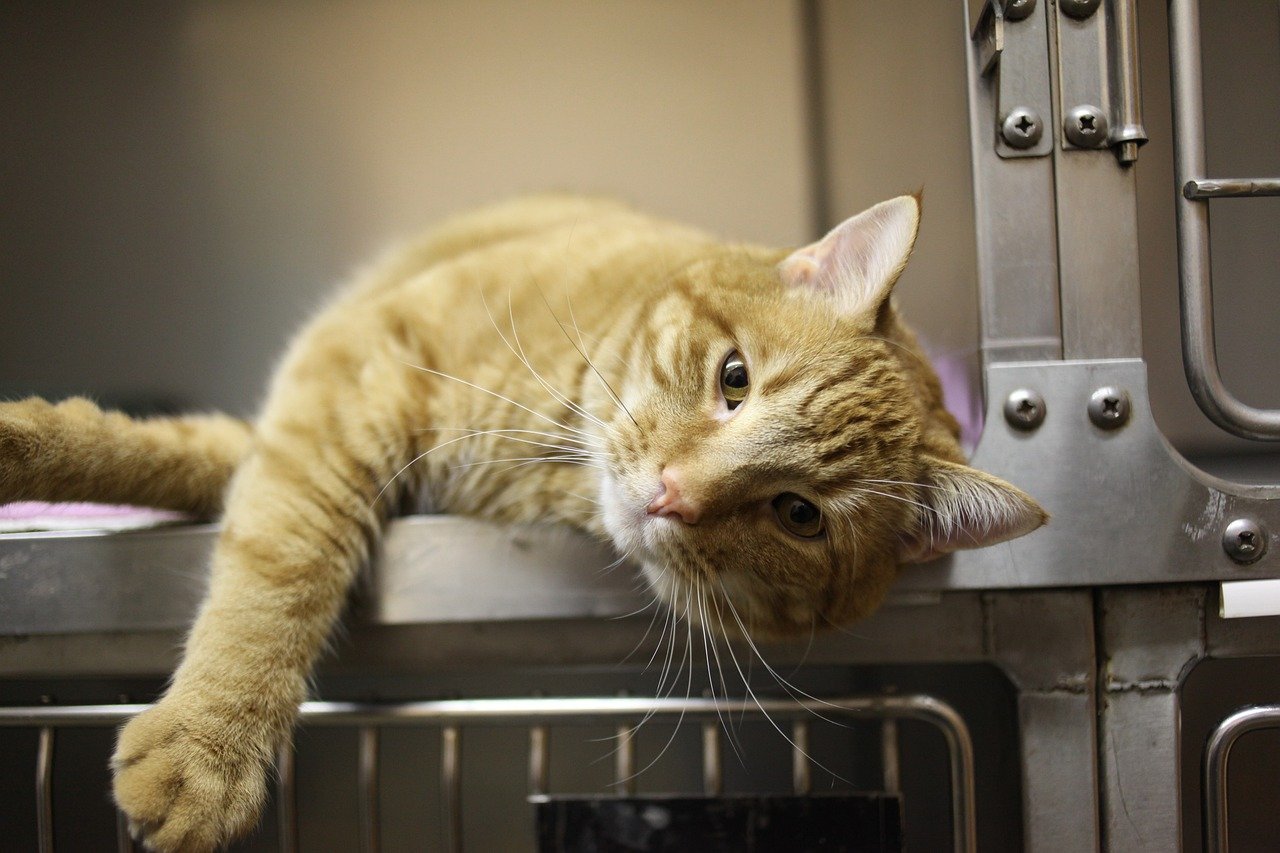
Sometimes, despite your best efforts, your cat may struggle to adjust. If you notice ongoing behavioral problems, severe anxiety, or health issues, it may be time to consult a veterinarian or feline behaviorist. These experts can help identify underlying issues and suggest tailored solutions, from medication to specialized training. Don’t be afraid to ask for help—your cat’s well-being is worth it, and a professional perspective can work wonders.
Communicating Calmness Through Body Language

Cats are masters at reading body language, including yours. If you’re nervous or upset, your cat will likely pick up on it and mirror those feelings. Try to move slowly, use a gentle tone, and avoid looming over your cat. Blink slowly, which is a universal cat “I love you” signal, and offer soft, open palms instead of grabbing hands. Your calm, reassuring presence can help signal to your cat that everything is okay, even when the world feels upside down.
Enriching the Environment with Vertical Space

Cats often feel safer when they have high perches or shelves to retreat to. In times of change, adding vertical space—like cat trees, shelves, or window hammocks—can give your cat more control over their environment. From a high vantage point, your cat can observe changes from a safe distance, reducing anxiety. Even simple solutions, like clearing a bookshelf or adding a sturdy box on top of furniture, can make your cat feel more secure and less exposed.
Using Play to Relieve Anxiety

Playtime isn’t just fun—it’s a powerful stress reliever for cats. Interactive play mimics hunting behavior, giving your cat a sense of accomplishment and control. Use wand toys, feather teasers, or laser pointers to engage your cat’s senses and distract them from their worries. Keep sessions short but frequent, and always end with a treat or a meal to reinforce positive feelings. Regular play can help your cat burn off nervous energy and adjust to changes more smoothly.
Celebrating Progress, No Matter How Small
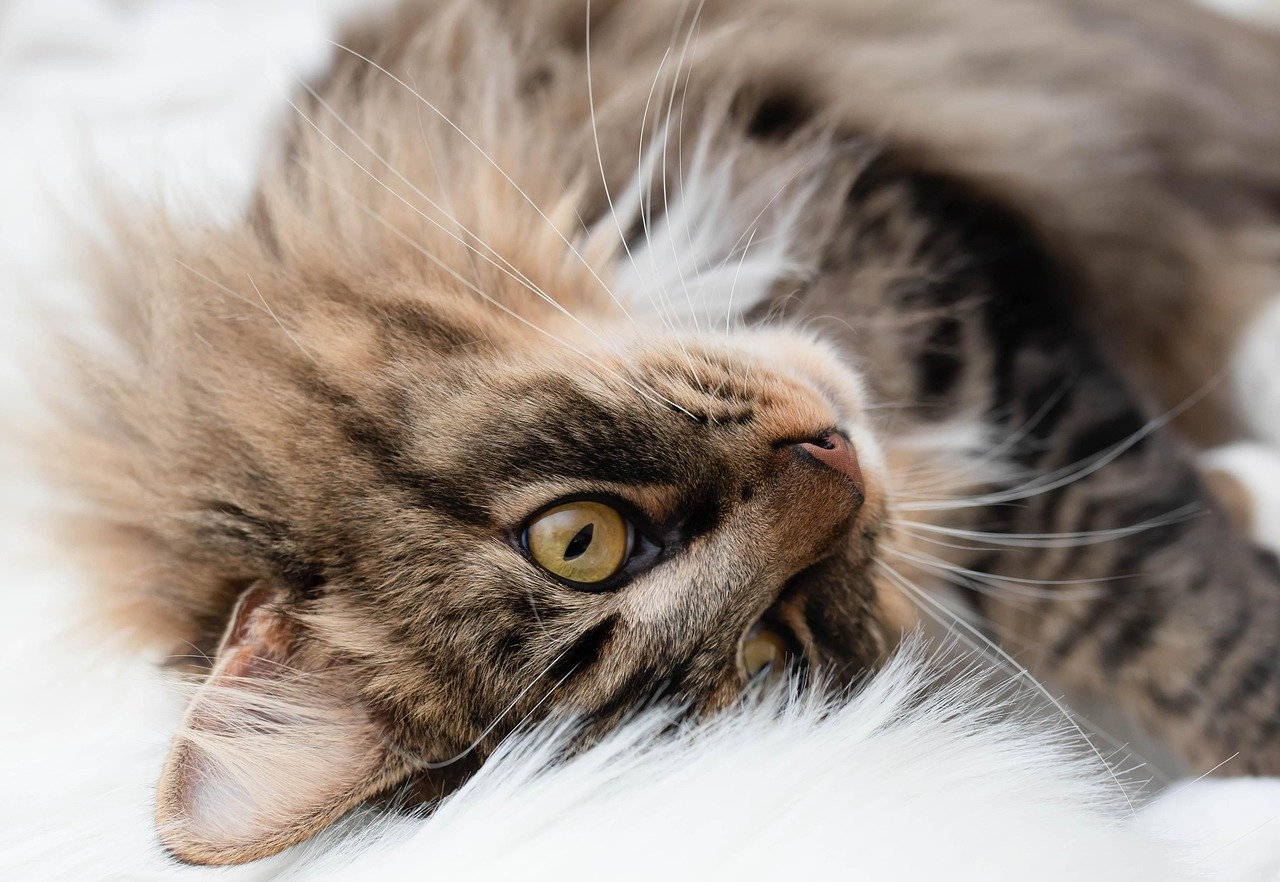
Every step your cat takes toward adapting—whether it’s venturing out from under the bed, exploring a new room, or simply purring at your side—is worth celebrating. Offer gentle praise, extra chin scratches, or a favorite treat for each milestone. Your encouragement helps your cat associate change with positive outcomes. Over time, these little celebrations build your cat’s confidence and trust, making future transitions easier for both of you.
Hi, I’m Bola, a passionate writer and creative strategist with a knack for crafting compelling content that educates, inspires, and connects. Over the years, I’ve honed my skills across various writing fields, including content creation, copywriting, online course development, and video scriptwriting.
When I’m not at my desk, you’ll find me exploring new ideas, reading books, or brainstorming creative ways to solve challenges. I believe that words have the power to transform, and I’m here to help you leverage that power for success.
Thanks for stopping by, Keep coming to this website to checkout new articles form me. You’d always love it!






